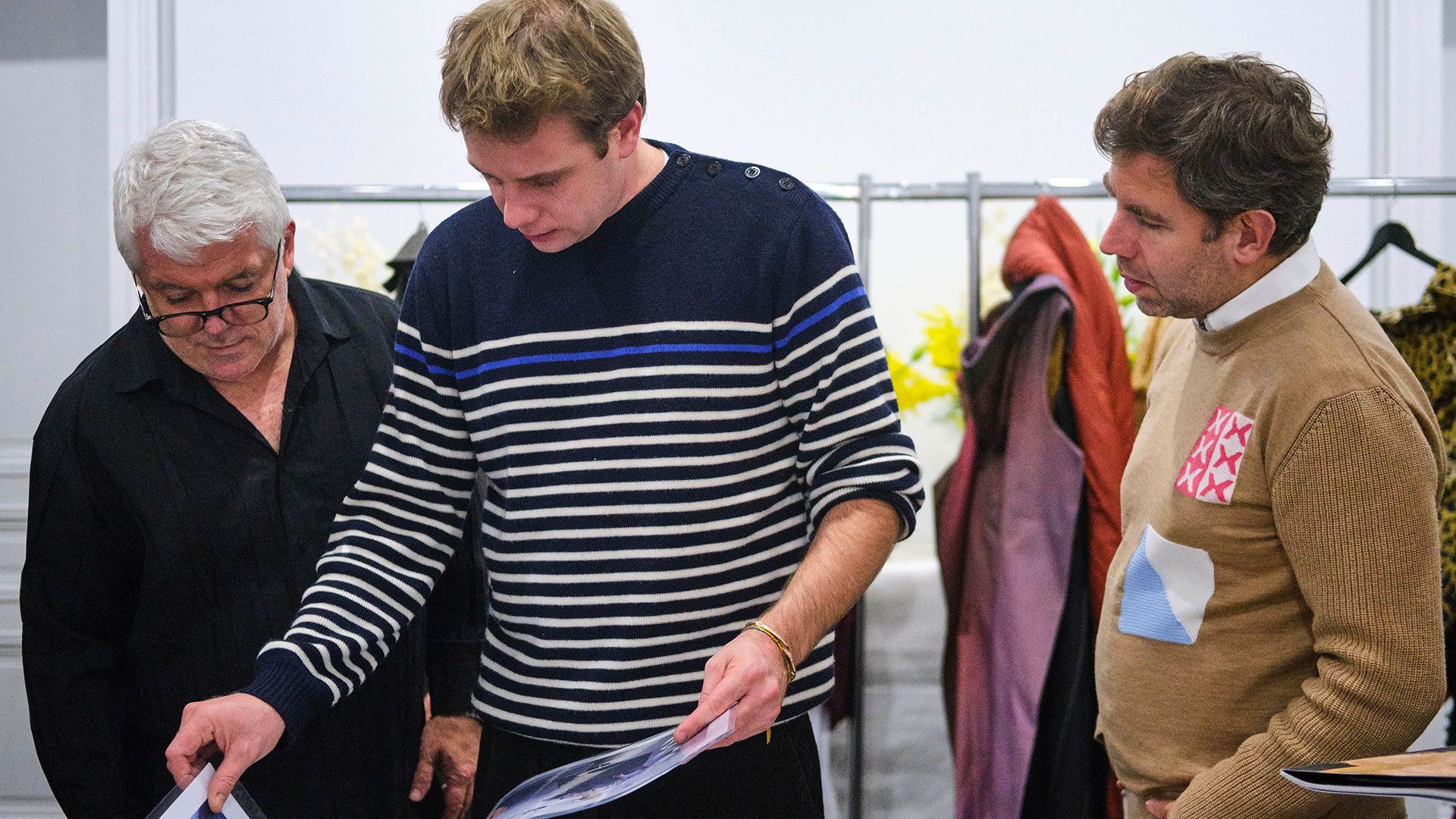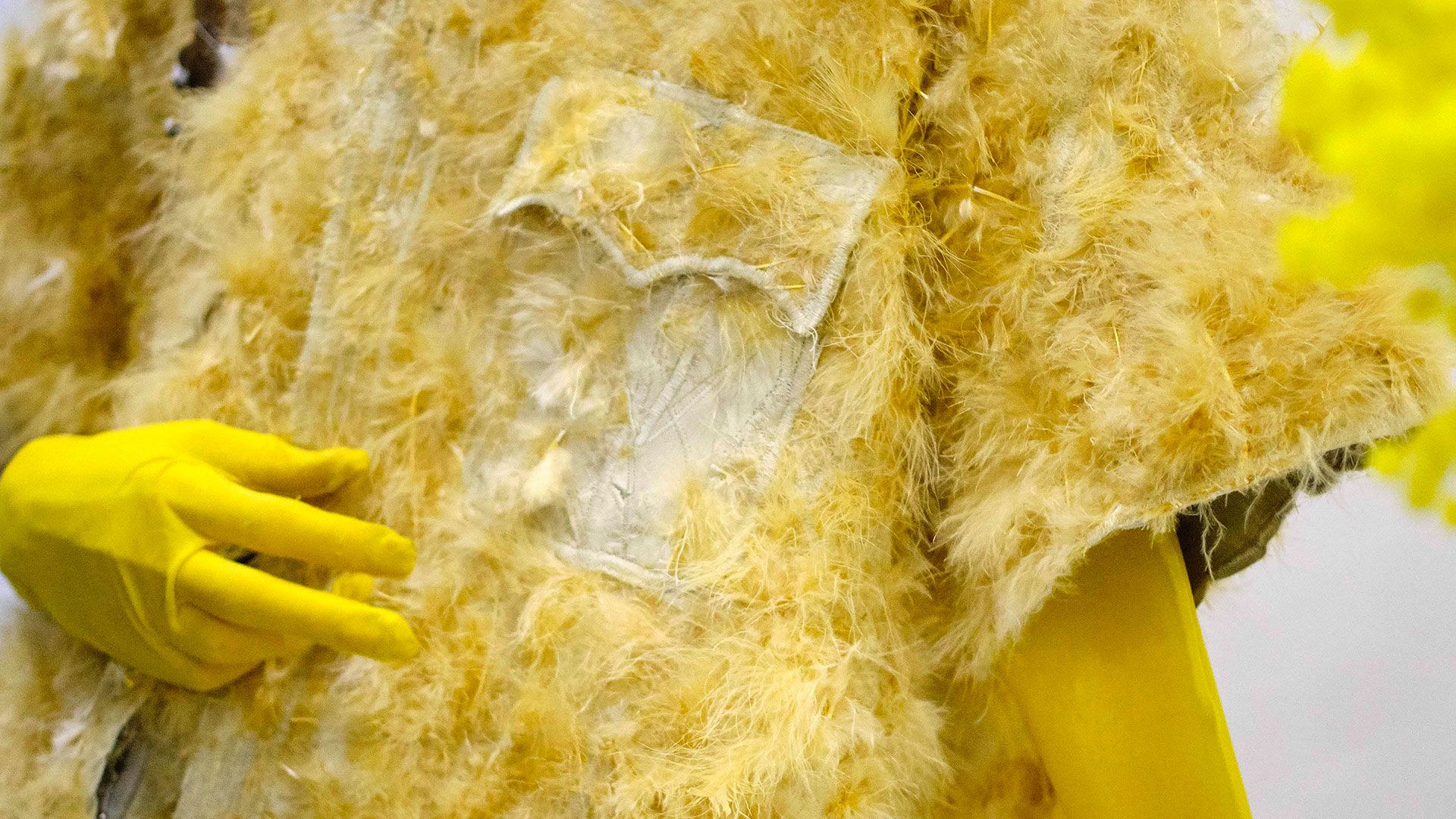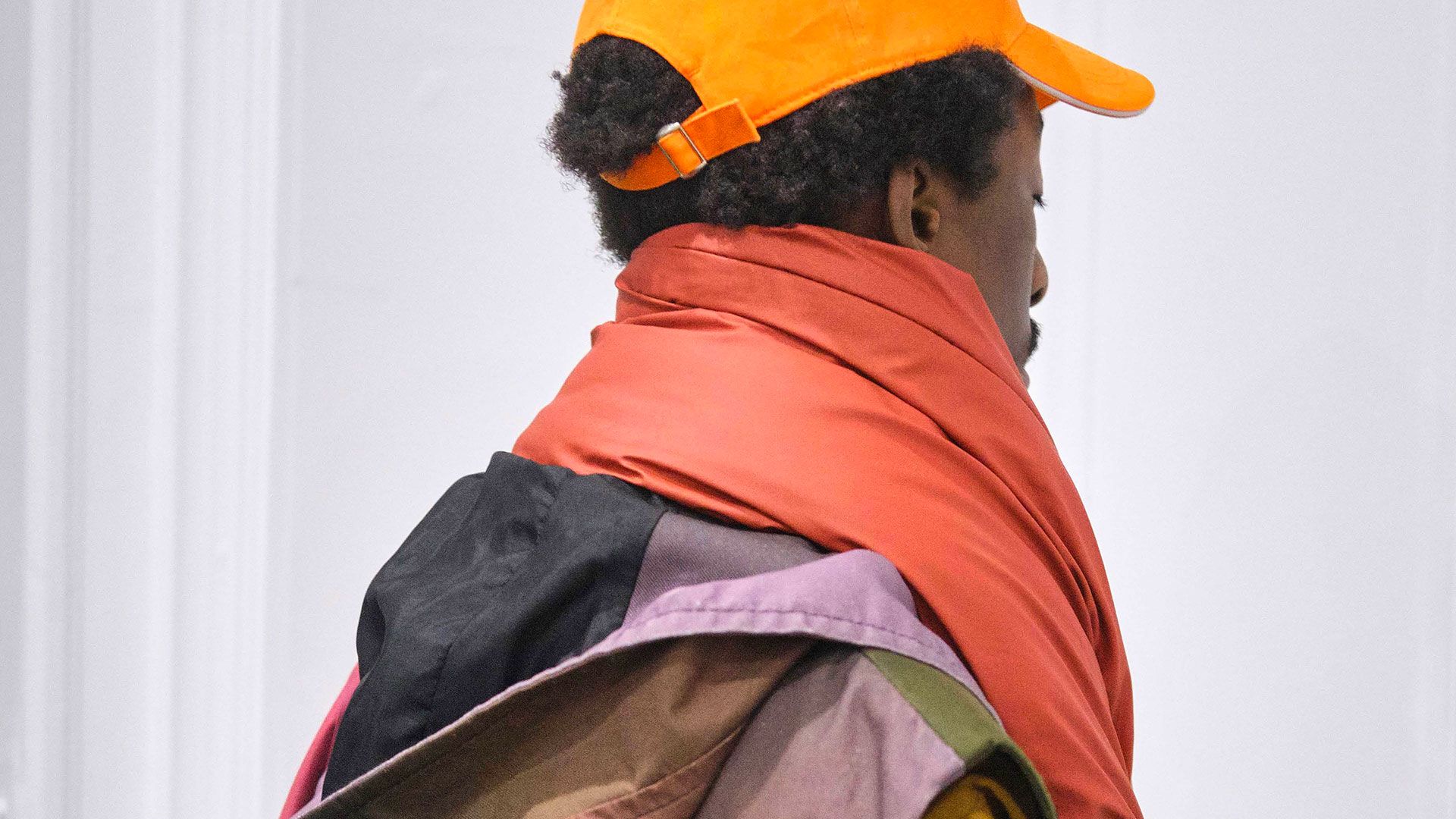-
The Hyères Festival Celebrates Its 35th Birthday

The 35th Festival de Hyères will indeed take place. After months of uncertainty due to the pandemic, Jean-Pierre Blanc's team is finalizing preparations to ensure that this anniversary edition, officiated by Loewe artistic director Jonathan Anderson, is another triumph. And really, who better than the Irish designer, also the head of the Loewe Foundation Craft Prize, to celebrate three decades of art and fashion? The prestigious jury also counts among its members Paolo Roversi, president of the Photography section, model Kaia Gerber, and audio illustrator Michel Gaubert. This year, ten candidates will compete for the emerging creator's prize in three categories: Fashion, Photography, and Accessories.
Incubator and observatory of trends, meditation space, and launchpad for emerging creativity: the festival certainly doesn't suffer from a lack of descriptors. From the start, it has positioned itself as a field of exploration for rising talents in the industry. Looking to 2018, for example, the Netherlands' Botter, composed of duo Lisi Herrebrugh and Rushemy Botter, made a buzz with their "Fish or Fight" collection inspired by the Caribbean. The jury was led by Haider Ackermann and also featured Tilda Swinton and songstress Lou Doillon. It was an epic moment for Herrebrugh and Botter, who arrived at the festival after a memorable road trip: "The back of our car was just filled with the collection, which we'd worked on for a year. We still remember that feeling of excitement at the prospect of sharing our vision," said the duo, who won the Grand Prize that year. "The Festival de Hyères really jump-started our career and gave us international visibility," the couple went on. "We felt a real curiosity from the industry towards our work and our way of thinking." Five months later, the duo was named artistic directors at Nina Ricci, marking a major shift in the luxury house's collections.
The accomplishment brings to mind the stories of Felipe Oliveira Baptista, Julien Dossena, and Anthony Vaccarello, the latter two laureates of the 21st Festival de Hyères in 2006. Freshly graduated from Brussels' La Cambre, a school of fashion and visual arts, Anthony Vaccarello took home the gold in young creation thanks to his sensual collection inspired by Cicciolina, Italy's brilliant porn actress and politician. Scoped out by Karl Lagerfeld, he was offered a position at Fendi before being named head of Saint Laurent, where he's been working since 2016. "Successes like Anthony Vaccaello, Felipe Oliveira Baptista, Julien Dossena, Botter, and the others stand as testament to the creative and artistic rigor that we've been committed to from the very beginning," insists Jean-Pierre Blanc. "They've likewise elevated the festival and its talent." Annually attracting the most respected couturiers, designers, photographers, and creatives of the day, at its outset, the festival's celebrity was anything but a safe bet.
An audacious undertaking
In the 80s, fashion was reinventing itself and all eyes were on Paris. We saw the rise of creators like Claude Montana and Thierry Mugler, the guiding lights of the golden eighties, along with Azzedine Alaïa and Jean Paul Gaultier. In his native southern France, 21-year old Jean-Pierre Blanc and his friends had also fallen in love with fashion. In 1986, they launched the Festival de Hyères to support emerging creation, with the help of the town and its historic mayor Léopold Ritondale. While the spotlight was still fixed on the capital, they opted to send a letter to the most prominent houses to ask for their support and invite them to participate in the first edition, buoyed by the conviction that they were offering something innovative — "I was quite stubborn," laughs Jean-Pierre Blanc, "or bull-headed, some might say." Didier Grumbach, CEO of Thierry Mugler at the time, was the only one to respond: with a courteous refusal. Today, he's a close friend of the festival, much like Jack Lang, who was Minister of Culture and one of the event's early backers. The first edition was held in an unused Anglican church in Hyères, presided over by an eclectic jury. It was the first in a long series of fashion shows and performances in the seaside settlement, also a famous landmark in cinema that inspired the likes of Jean-Luc Godard, François Truffaut, and Maurice Pialat.
From its early years, the festival unveiled promising new talents like Belgium's Sami Tillouche, who won the 1989 competition when he was still a student at La Cambre. Following his success, lines of communication and inspiration expanded between the French and Belgian creatives scenes. But the real shift happened in 1991, when a certain young creative who had just held a show in Paris became part of the jury. His name? John Galliano. "Galliano's arrival at the festival immediately gave us a different image. He really put us on the map," explains Jean-Pierre Blanc. The following year, in 1992, the star-studded jury included Helmut Lang, Martin Margiela, and Jean Touitou.

Villa Noailles - Fashion Selection 2020. © Luc Bertrand.
An International Reference
After focusing primarily on garment creation, the festival opened up to fashion photography in 1997. Worthy of note was also its move to the Villa Noailles, a rose of Provençal architecture in the heart of Hyères, imagined in the 1920s by Robert Mallet-Stevens for art-lovers Maurie-Laure and Charles de Noailles. In this new and historically invested space, so beloved by the inter-war avant-garde, the festival blossomed and even lent the town glimmers of its past splendor. Azzedine Alaïa would lead the jury in 2005, Karl Lagerfeld for the festival's 30th edition, and several other besides. "My introduction to Karl Lagerfeld is one I'll never forget," says Jean-Pierre Blanc. Indeed, the festival's success is also in part thanks to the renown of its jury members and presidents, most often counted among the most important creative influences in the world. The 2008 edition was chaired by Riccardo Tisci, then-director of collections at Givenchy before being named head of Burberry in 2019. In 2011, the proceedings were directed by Belgian couturier Raf Simons, now partnered with Miuccia Prada as co-artistic director of the Italian house. From Mario Sorrenti to Oliviero Toscani and Willian Klein, today's most notable fashion photographers have been called upon to chair the Photography prize.

Villa Noailles - Fashion Selection 2020. © Luc Bertrand.
In its 35 years of existence, the Festival de Hyères rose to the ranks of an international reference: the first fashion festival that is free and open to all. Over time, its fame has only grown — attracting ever more journalists, prestigious houses, and even politicians, to which Emmanuel Macron's recent visit can attest. An event on the margins of Fashion Week, it quickly established itself as an international rendez-vous for the celebration of fashion and its future — all in a warm, welcoming, and festive environment. "There's no shortage of fashion festivals, but there's only one where you feel at home," says Lisi Herrebrugh and Rushemy Botter. The 2020 Festival de Hyères is thus a highly anticipated event: "With all the energy we put into it, I feel that this festival, to which I've dedicated half my life, truly serves a purpose," concludes Jean-Pierre Blanc.